Question 1:
Draw ray diagrams which describe the following characteristics of lenses:
(a) convex lens as a converging lens
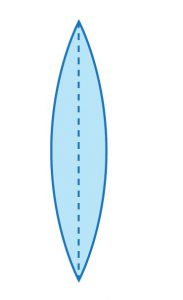
(b) concave lens as a diverging lens
Answer:
(a)
(b)
Draw ray diagrams which describe the following characteristics of lenses:
(a) convex lens as a converging lens

(b) concave lens as a diverging lens
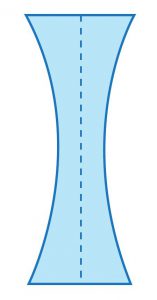
Answer:
(a)
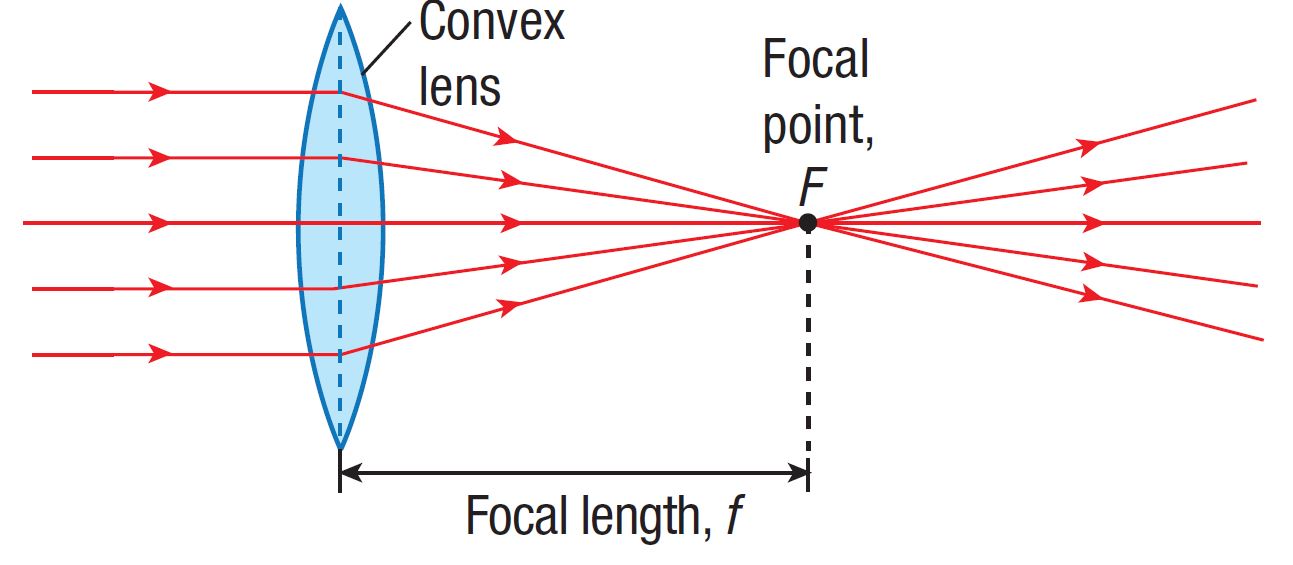
(b)
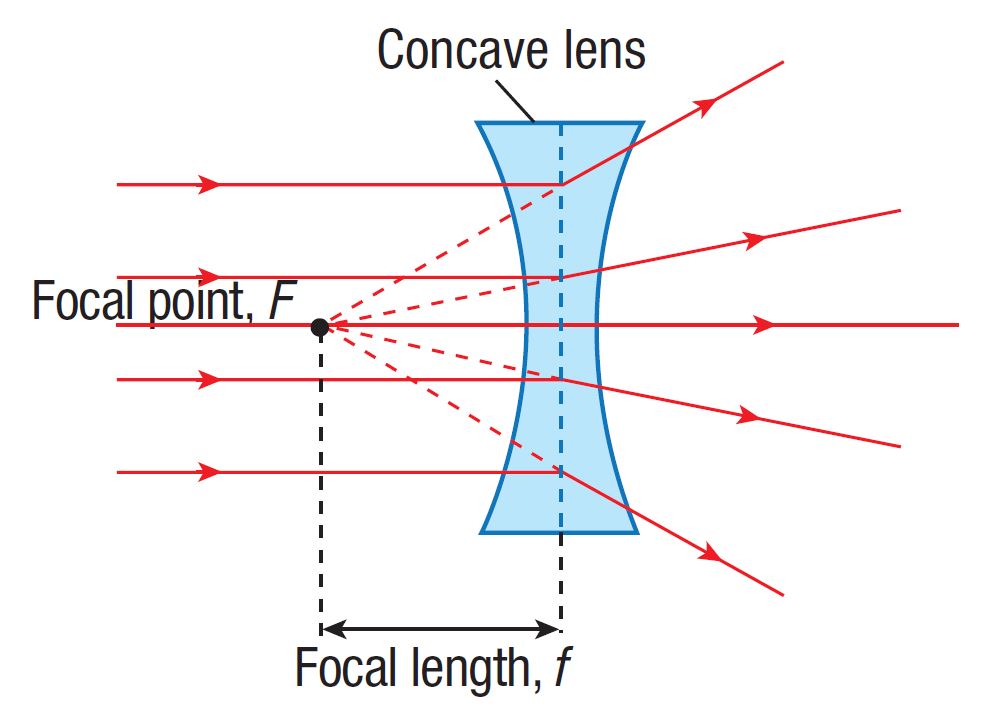
Question 2:
Figure 1 shows an object placed in front of a convex lens at a distance less than the focal length, ƒ.
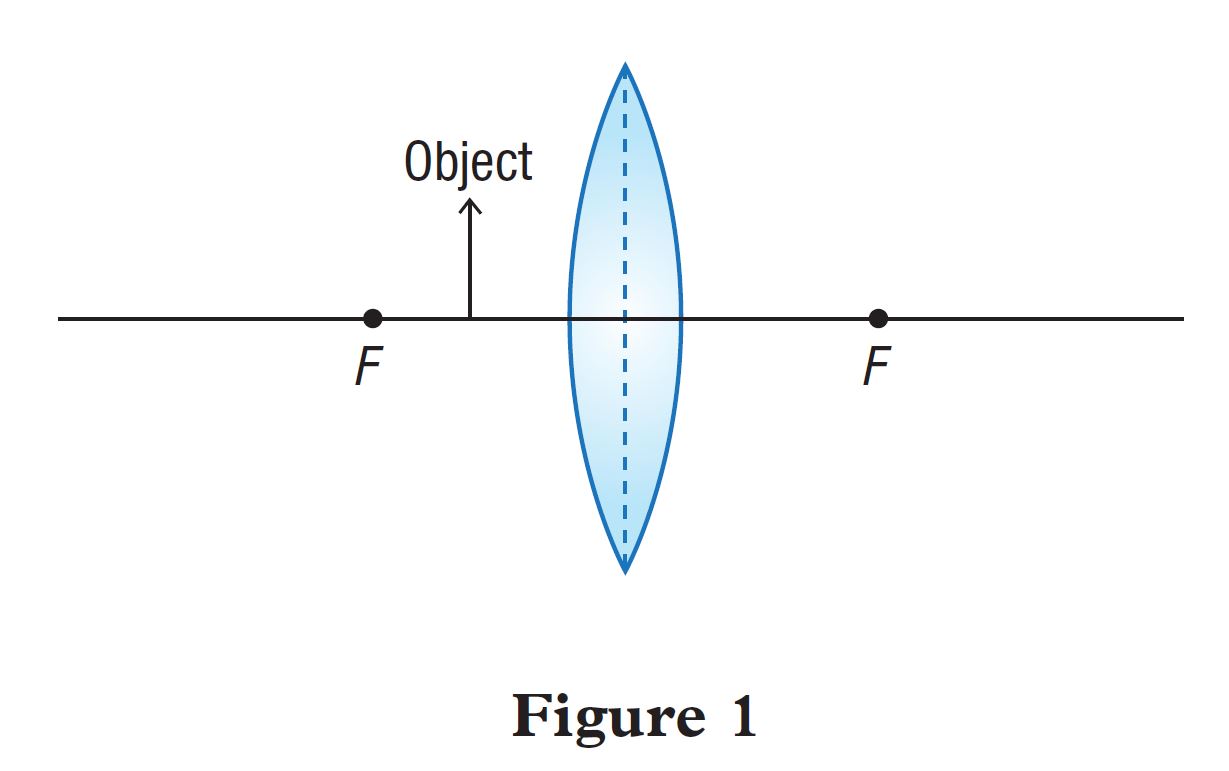
(a) Draw a ray diagram in Figure 1 to determine the image formed by the convex lens.
Answer:
(a)
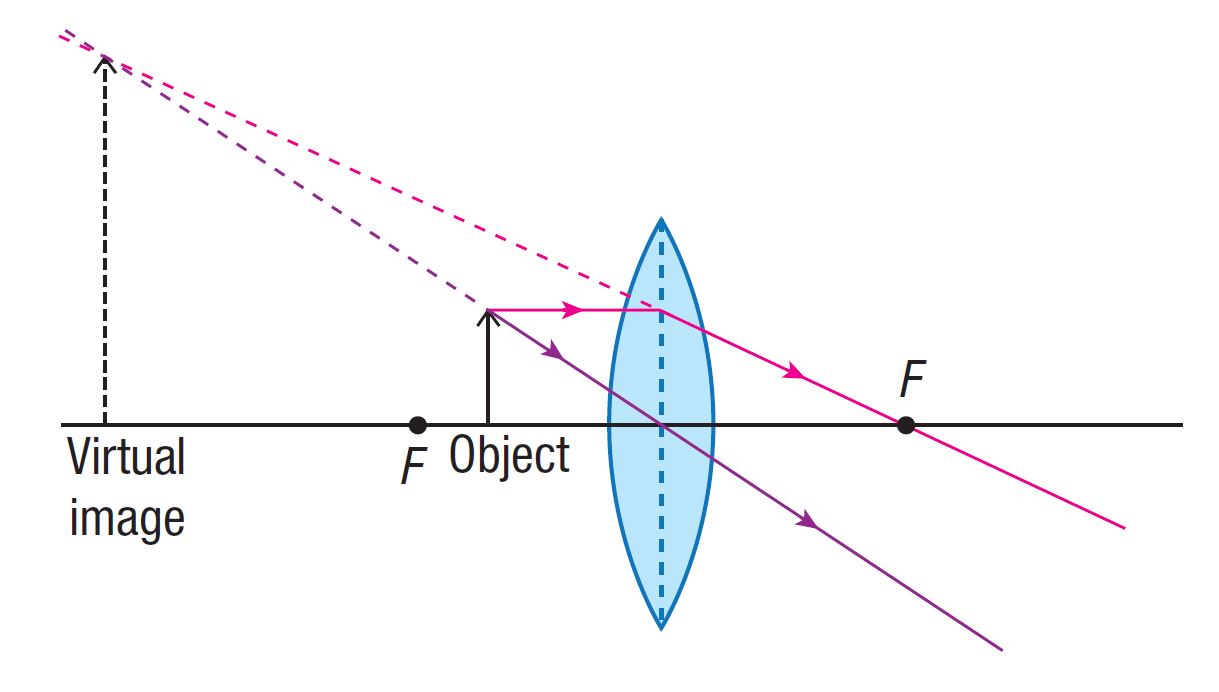
(b) Virtual, upright, magnified
Figure 1 shows an object placed in front of a convex lens at a distance less than the focal length, ƒ.

(a) Draw a ray diagram in Figure 1 to determine the image formed by the convex lens.
(b) State the characteristics of the image formed by the convex lens in Figure 1.
Answer:
(a)

(b) Virtual, upright, magnified
Question 3:
(a) Why do smartphones have several cameras?
Answer:
(a) To produce images of different sizes using camera lenses of different focal lengths
(a) Why do smartphones have several cameras?
(b) A student carried out an experiment to form a virtual image using a convex lens. Explain how the student formed the virtual image based on the apparatus set-up in Figure 2.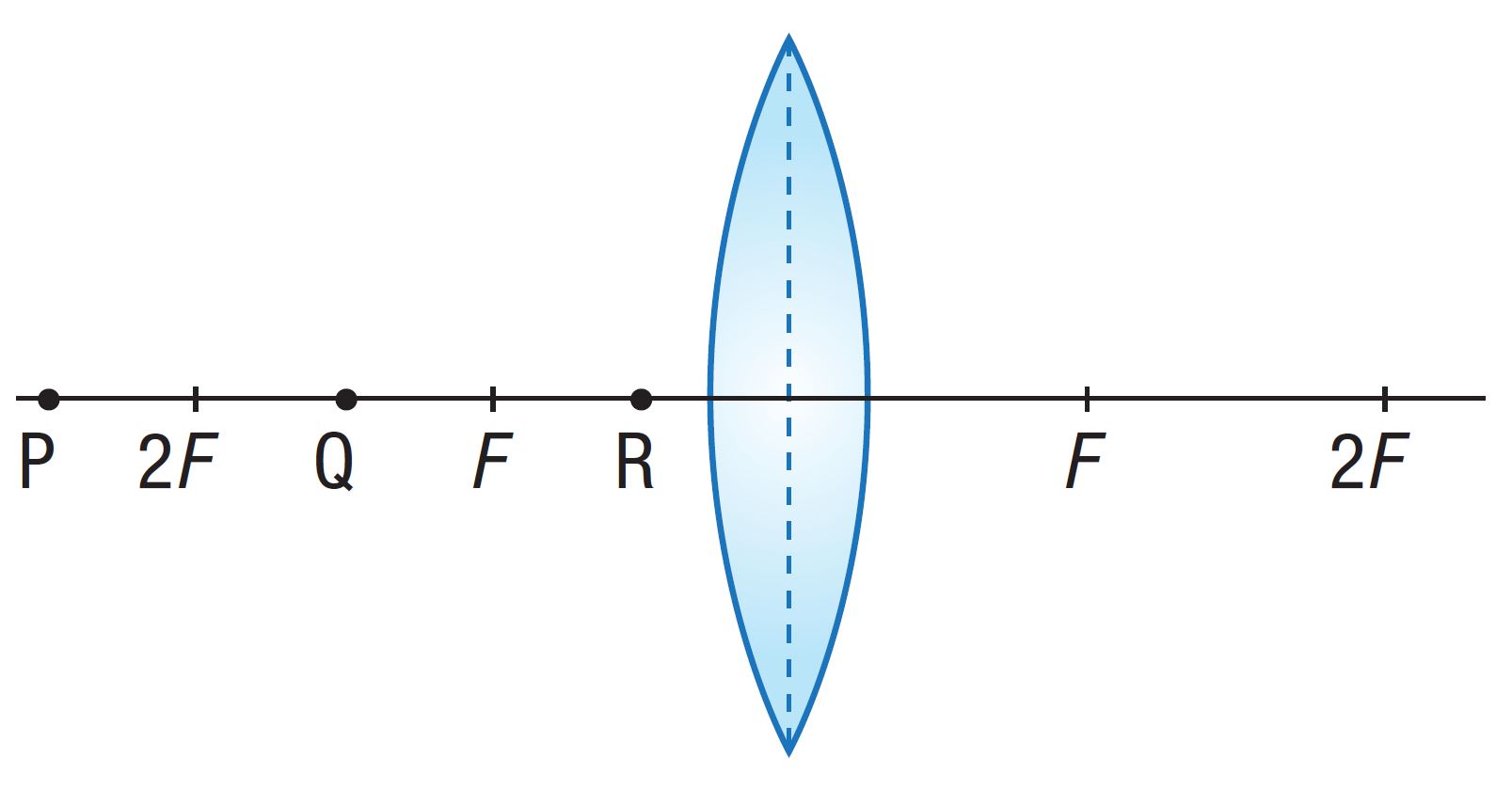 Figure 2
Figure 2
(i) Write the problem statement.
(ii) State the position of the object (at P, Q or R).
(iii) Using an arrow (↑) as the object, draw a ray diagram to show the formation and position of the image. Complete Figure 2 to obtain your answer.
(iv) State two other characteristics of the image formed in 3(b)(iii).
Answer:
(a) To produce images of different sizes using camera lenses of different focal lengths
(b)(i) Where is the position of the object so that a virtual image is formed?
(b)(ii) R
(b)(iii)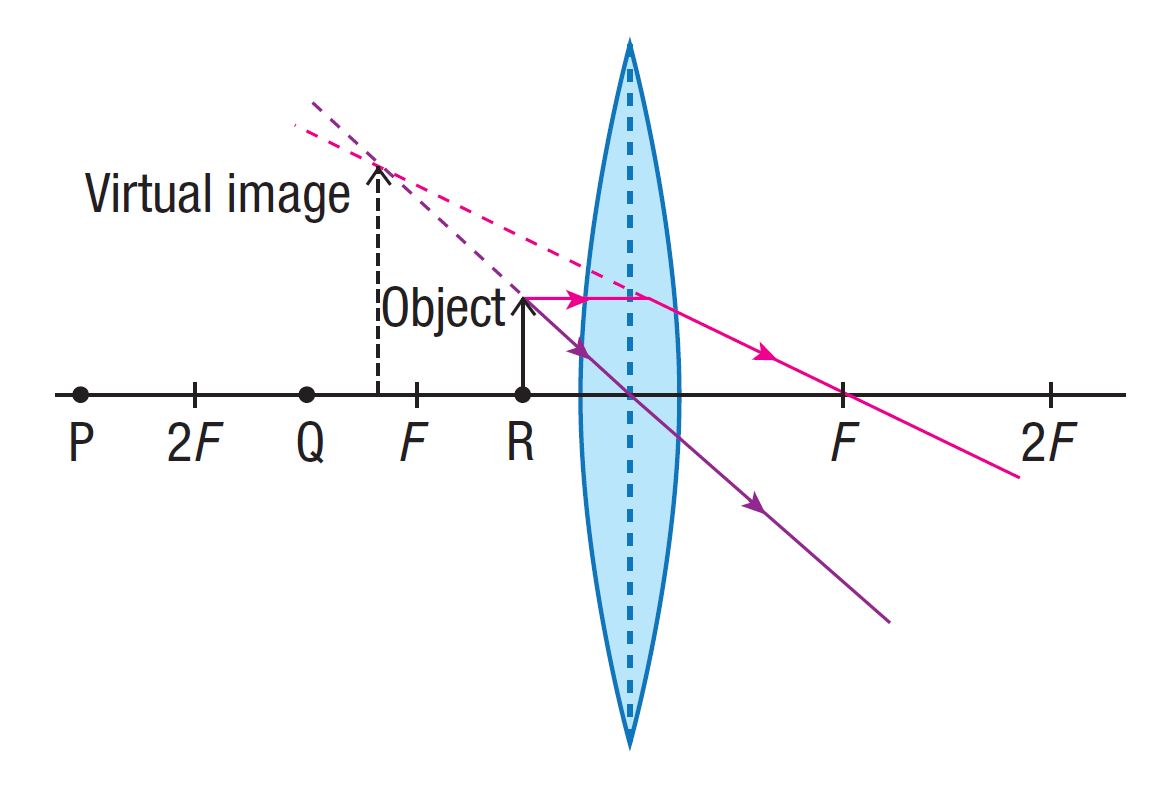
(b)(iv) Upright, magnified